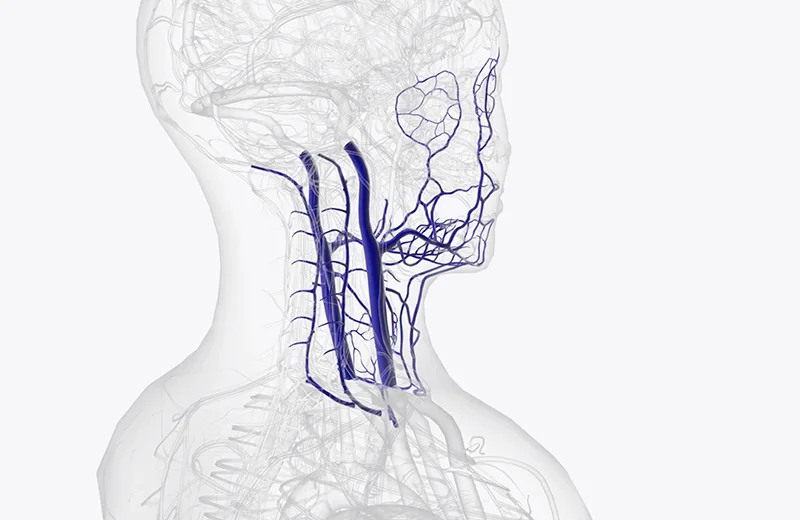Neurovascular conditions, which affect the blood vessels of the brain and spinal cord, can lead to life-threatening complications such as strokes, aneurysms, and vascular malformations.
Traditional neurosurgical procedures often involve open brain surgery, which carries significant risks, requires lengthy recovery times, and can result in complications. Interventional radiology (IR) has revolutionized the management of neurovascular diseases by offering minimally invasive procedures that provide safer and more effective treatment options. As the field of interventional radiology advances, it continues to play a vital role in the prevention, diagnosis, and treatment of complex neurovascular disorders, offering hope for improved patient outcomes and enhanced quality of life.
Key Neurovascular Procedures
Cerebral Angiography
Helps in diagnosing strokes and brain aneurysms.
Carotid Artery Stenting
Prevents stroke by treating carotid artery narrowing.
Intracranial Aneurysm Coiling
Minimally invasive treatment for brain aneurysms.
